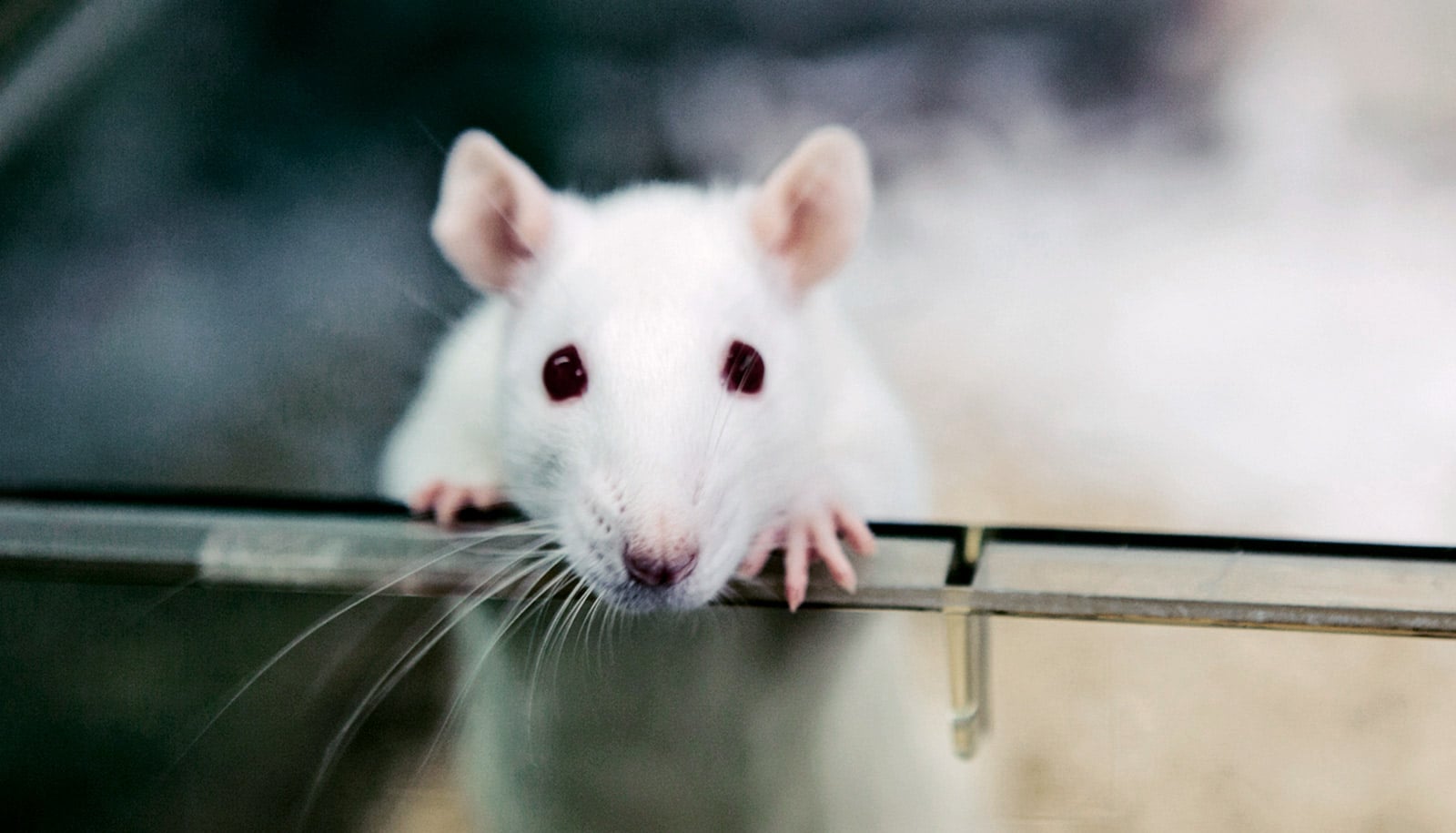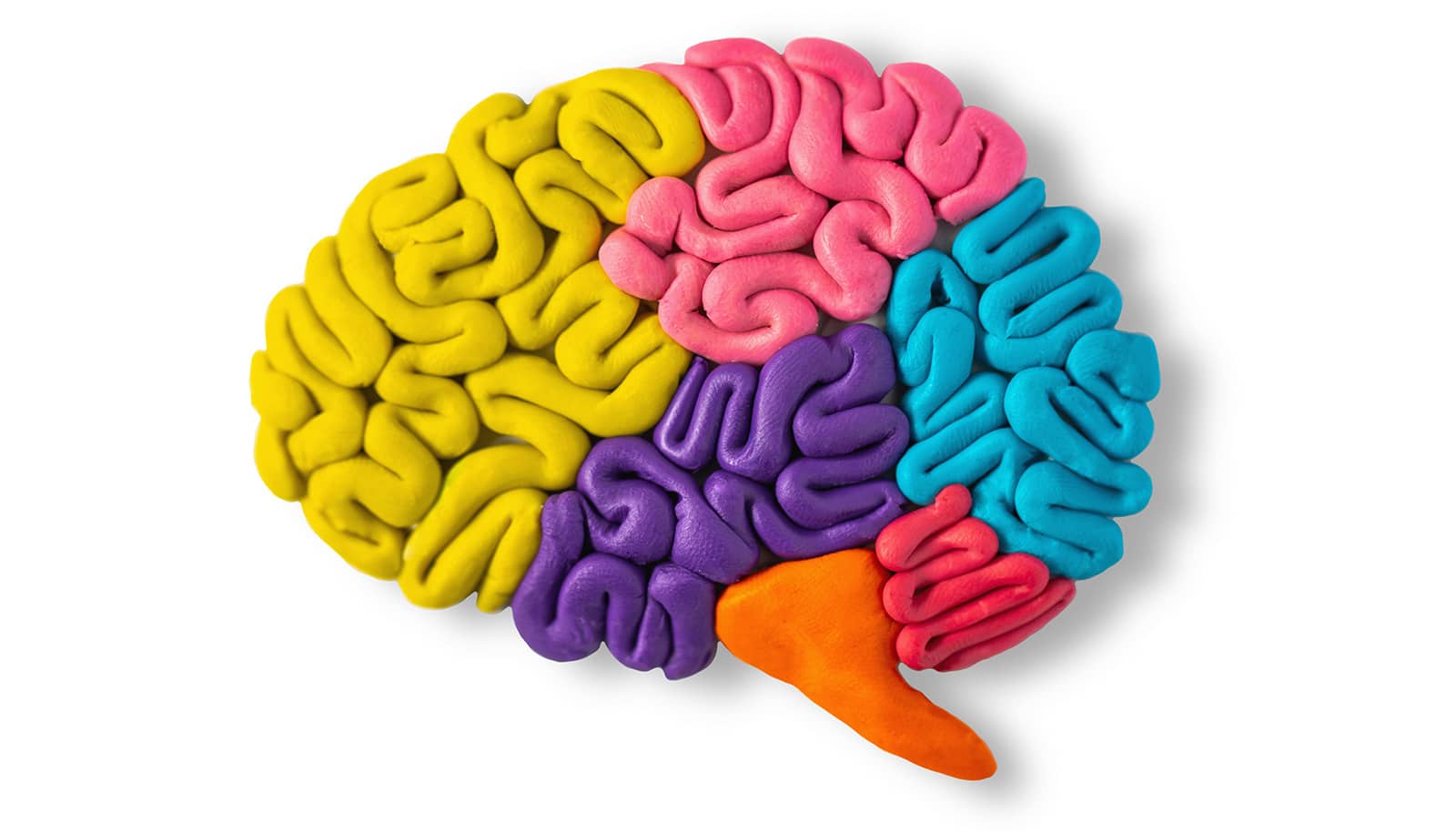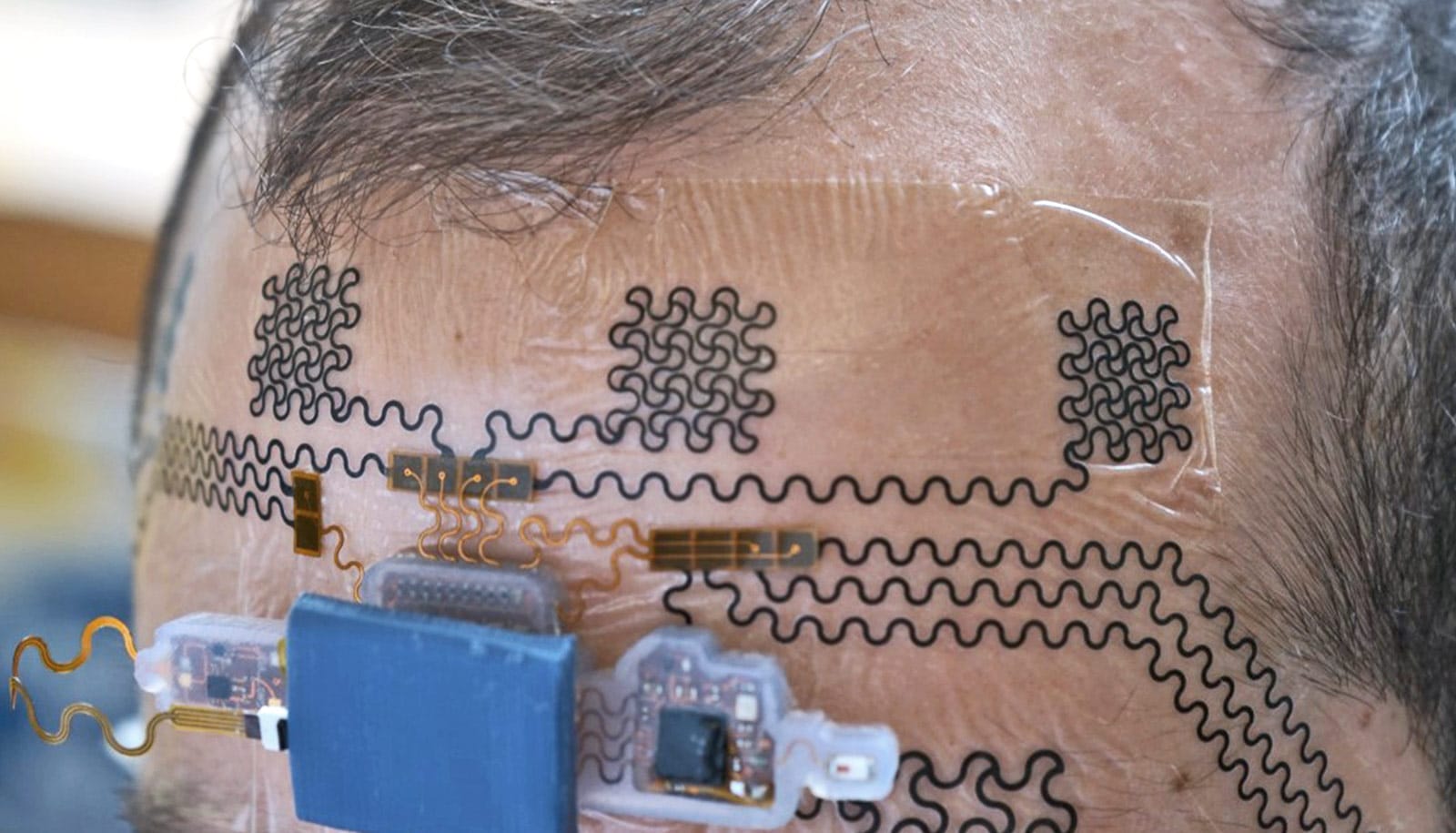Researchers have developed a rat model to help them study the buildup of amyloid plaques and vascular abnormalities in the brain of people with Alzheimer’s disease.
Alzheimer’s disease currently affects more than 5.5 million Americans and is one of the costliest diseases to treat, according to the Alzheimer’s Association. Characterized by a buildup of plaque in the brain, few animal models exist that researchers can use to study this devastating disorder.
“One of the defining traits of Alzheimer’s is the progressive accumulation of amyloid-β plaques in the brain,” says Yuksel Agca, associate professor of veterinary pathology and a researcher in the Comparative Medicine Program at the University of Missouri.
“Two proteins, APP and PS1 are linked to the development of Alzheimer’s disease in humans—and these two targets have become the basis for numerous studies. If we can identify how to manipulate amyloid-β build up, we can reduce the production of harmful plaques in the brain, leading to decreases in the onset of Alzheimer’s disease.”
For a new study in PLOS ONE, researchers developed rats that had human APP and PS1 proteins. The rats then underwent behavioral assessments in the Barnes maze, which tracks rodent behavior to measure learning and spatial memory. In a series of experiments, the Alzheimer’s model rats that produced human APP and PS1 displayed poor memory and learning.
After the maze experiments, researchers assessed amyloid-β levels through serum tests, as well as brain screenings, which showed vascular changes and amyloid-β plaques similar to the ones observed in humans suffering from Alzheimer’s disease.
“We found that these rat models could be useful in the fight against Alzheimer’s in people,” Agca says. “Because of their shorter lifespans and their larger size, translational models such as rats are extremely helpful in ongoing studies of disease.
Tau-amyloid link points to new Alzheimer’s target
“The results can be translatable to humans in identifying targets for drugs as well as identifying everyday lifestyle changes we can make to help stave off disorders like Alzheimer’s. We hope this model will become beneficial as research continues to move forward.”
Maintaining a good diet and exercising may decrease plaque buildup in the brain, according to Agca.
University of Missouri research incentive funds to Yuksel Agca and the National Institutes of Health funded the work. Diana Klakotskaia, a graduate student in the psychological science department and Cansu Agca, a researcher in the veterinary pathobiology department contributed to the study.
Source: University of Missouri



